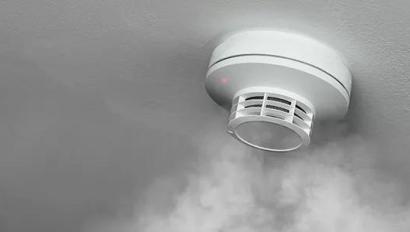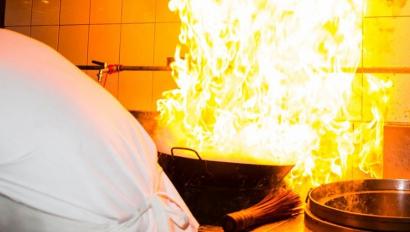Fire Safety in the Workplace: Who is Responsible and How Can You Maintain it?
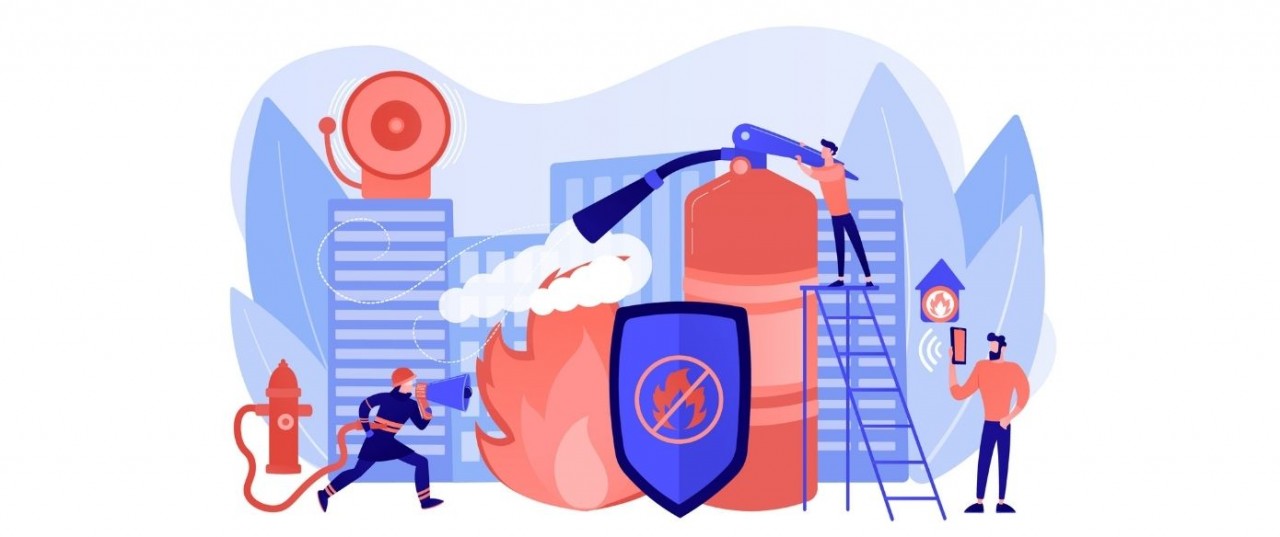
In this article, we discuss who is responsible for fire safety and how businesses can maintain a safe and protective environment for their staff and customers.
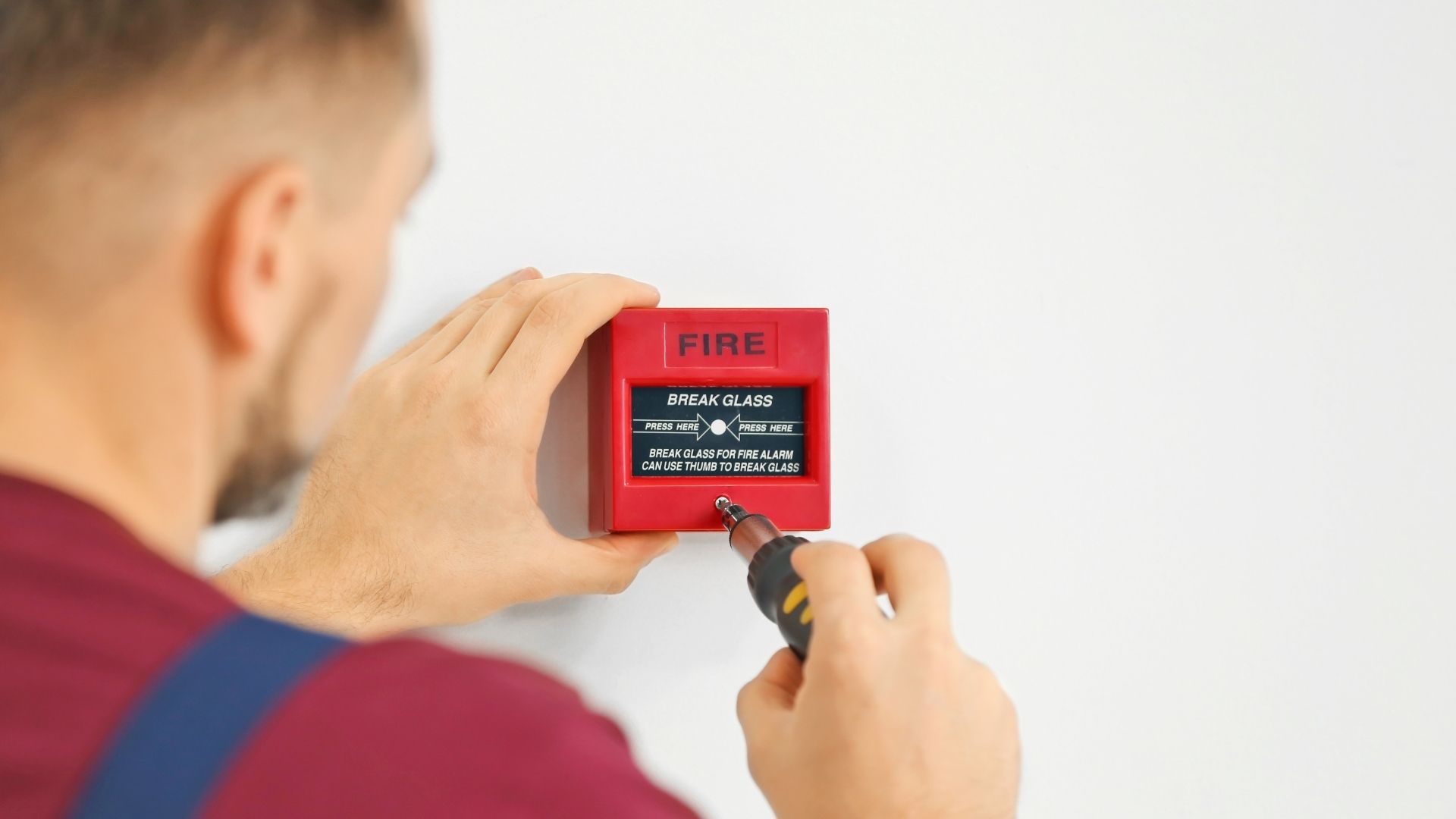
Businesses have always needed to protect the welfare of people who work on or visit their premises, regardless of which industry they are in. Of course, the activity on site does influence the level of risk associated with certain dangers such as injury from an accident or fire at work. Fire safety in the workplace is a prominent concern for all businesses, to create a safe environment and comply with fire regulations.
By the end, you’ll hopefully have a better understanding of what measures your business must take to ensure your property, assets, and staff are fully protected and compliant with the fire safety rules.
In the article, we’ll cover:
- What are the rules for fire safety in the workplace in the UK and who is responsible?
- What are the first steps every business must take for fire safety compliance?
- What fire safety equipment will your business need and how can companies maintain reliable protection?
- What to do next
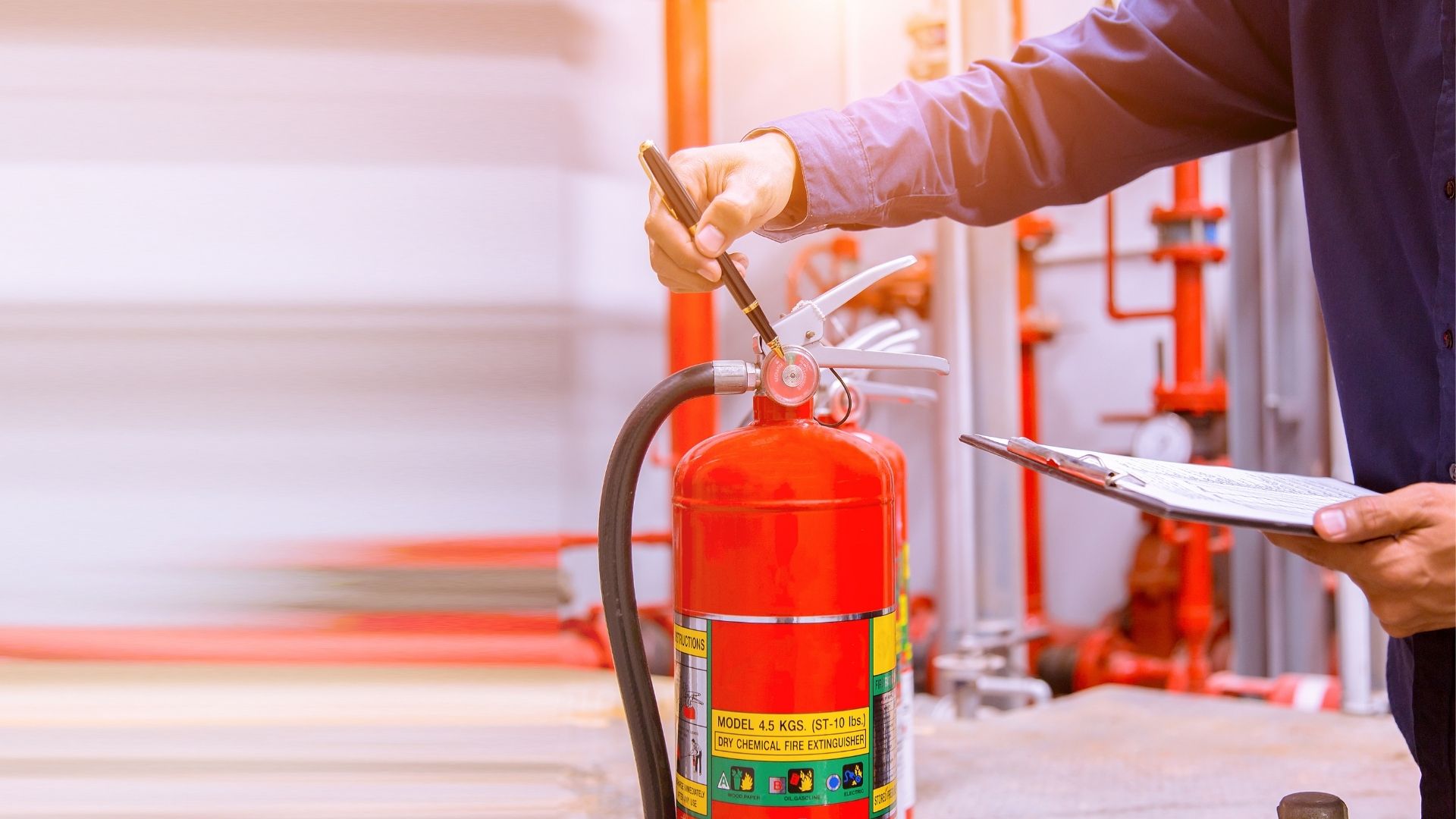
What are the rules for fire safety in the workplace in the UK and who is responsible?
All businesses need to ensure they are up to date and compliant with an array of regulations set out by the UK Government to protect the welfare of employees and customers. There are various rules for health & safety at work, many of which are determined by the industry you work within.
If you’re a new business looking to find out what you need to do for health & safety, or even if you work for an existing business and want to make sure you’re up to date with the latest rules, these two links will be useful:
- List of acts owners and enforced by HSE (Health and Safety Executive)
- A-Z list of guidance by industry for health & safety at work
For this article, we’re focused on fire safety in the workplace specifically using legislation enforced by the UK Government. You can find a full breakdown with the most up to date information here - https://www.gov.uk/workplace-fire-safety-your-responsibilities. You should also refer directly to The Regulatory Reform (Fire Safety) Order 2005 (RRFSO).
As the title of this article and the government’s own guidance, the easiest question to answer around fire safety in the workplace is, “Who is responsible?”
Who is responsible for fire safety in the workplace?
The Fire Safety Order applies to businesses or other non-domestic premises in the UK (including if you have paying guests, for example if you run a bed & breakfast). The short answer as to who is responsible for fire safety is everybody is responsible for maintaining a safe environment, from the owner of a business to its employees.
In businesses a ‘responsible person’ or team may be responsible for creating the framework for fire safety in the workplace and ensuring that systems are well maintained – this person will be the one who creates, tests and maintains the fire safety plan. The government’s advice includes any of the following as responsible people:
- An employer
- The owner
- The landlord
- An occupier
- Anyone else with control of the premises, for example a facilities manager, building manager, managing agent or risk assessor
What are the rules for fire safety at work?
According to the government rules, the person or team responsible for fire safety must:
- carry out a fire risk assessment of the premises and review it regularly
- tell staff or their representatives about the risks you’ve identified
- put in place, and maintain, appropriate fire safety measures
- plan for an emergency
- provide staff information, fire safety instruction and training
As you can see this list of responsibilities creates the framework for the measures your business must put in place for maintaining fire safety at work.
From that list, you can see that you’ll need to create a policy for working safely, which will also require training for employees and appropriate signage for any visitors. Your site must have the right equipment in place to provide adequate protection in the event of a fire emergency. You’ll also need to ensure that equipment and procedures are regularly tested and maintained.
If you cover those three key areas, you’ll have a stable foundation to work from to ensure that your business is fire protected.
It is important to remember that everything included in your fire safety plan will need to be reviewed if any changes occur to your operations or to your site (such as building renovation or relocation). You will want to review the guidance on building regulation covering fire safety matters if you are planning any changes to your premises or facility.
What are the first steps every business must take for fire safety compliance?
As the government guidance advises, the first step all businesses should take is to conduct a thorough fire safety risk assessment and review of their current systems and protocols. If you’re starting from scratch (if it is a new business or you may be moving to new premises) or if you’re reviewing the existing measures you have in place, it is best to start with a survey of your site.
You will need to look out for fire safety hazards, some of which are obvious, like sources of ignition (heaters, naked flames). Others may be less obvious such as sources of oxygen, like open windows or doors, or even holes in your building due to damage.
The fire detection and alarm systems you have in place need to be in good repair and suitable for your building and the activity that occurs there. If you’re surveying an old building, you may need to arrange maintenance, upgrading or replacing old equipment.
You can also think about your safety protocols like the evacuation procedure while you walk around your site. Identify key exits and ensure they’re not blocked in any way, plan safe routes to exit your building and to your designated meeting point.
Due to the technical nature of a site survey, we recommend you hire a fire safety professional to help you identify key areas of concern. They’ll have more knowledge and experience to spot things you might otherwise miss. Speak to one of our experts at Securitas Technology about conducting a thorough professional assessment of your fire safety.
After a thorough audit of your site, you should know:
- what fire safety detection and alarm systems you need
- what measures for fire prevention you need (different types of extinguishers, fire blankets, sprinklers)
- what fire safety protocols you need to enforce and what training you’ll need to provide.
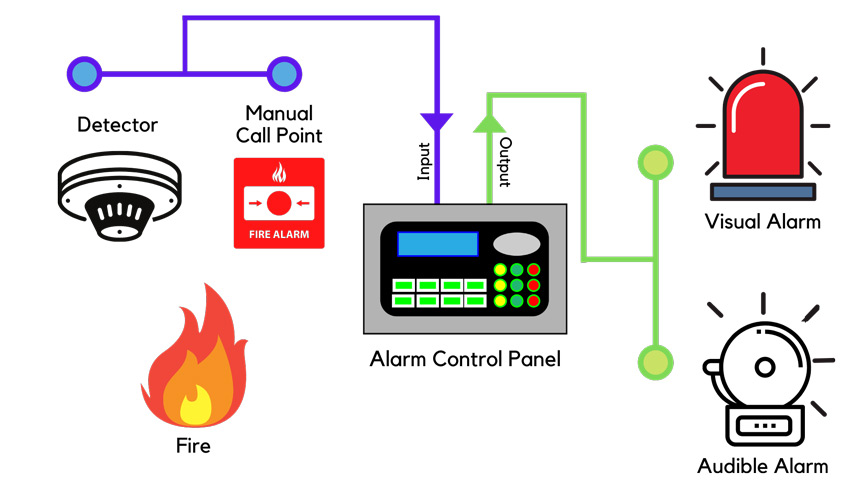
What fire safety equipment will your business need and how can companies maintain reliable protection?
Every business needs to protect its people and assets from the risk of a fire emergency. The best ways to potentially save lives against fire risks are arming yourself and your colleagues with the knowledge they need and also having the right fire safety equipment installed on-site.
Most fire detection and alarm systems include:
- Smoke/Heat Detectors
- Manual call points for raising an alarm
- An alarm control panel
- Visual alarms
- Audible alarms
What equipment you need to install depends a lot on the unique needs of your business. The type of equipment and level of protection required for a professional kitchen is different from a convenience store or manufacturing plant for example.
That is why an extensive professional fire safety risk assessment is advisable, as any outcomes from that will dictate what equipment you need to install. A Securitas Technology expert will be happy to guide you through the process from start to finish.
Aside from alarms, a fire suppression system is designed to suppress fire by limiting its ability to spread. The benefit of this is to limit the damage that could be caused using cooling (removing heat), starving (removing fuel), asphyxiation (removing Oxygen), or disturbing the chemical chain reaction. This is a common solution for contained areas, like kitchens, or even across whole floors.
Fire sprinkler systems are another solution to help stop the spread of fires. The right system will be able to detect and control a fire at an early stage and activate an alarm. Sprinklers can also help suppress smoke, allowing more time for people to evacuate the building safely.
Although you may not strictly see it as equipment, the right lighting and signage will be imperative to the success of your fire safety and evacuation processes. So, it is important to include emergency lighting and easily visible fire exit signs as part of your plan.
Smart fire alarm management
Depending on the size of your business and the complexity of your plans for fire safety in the workplace, you may also need to consider smart fire alarm management as part of your plans. It’s a relatively easy system to install and doesn’t usually require an upgrade to your existing equipment, the big benefits are that it could save you a lot of time and money.
Smart fire alarm management essentially integrates and automates your fire alarm systems to capture and report on alarm activity. This helps to ensure your systems are always functioning properly and takes the strain out of manually recording test data. Everything is also stored on a cloud-hosted database, which means your records can always be retrieved easily – useful for audits or any investigations in the event of a fire emergency.
What to do next
We’ve established that if you’re reading this article, you will likely be the responsible person or part of the team responsible for fire safety in the workplace for your business. The important next step is to arrange an audit of your current fire safety plan and systems and to conduct a fire safety risk assessment of your premises.
Your initial assessments will give you the information you need to properly plan the right fire safety systems to protect your people and your assets. With that knowledge and the right guidance, you’ll be able to make a more reliable decision in choosing the right equipment.
Speak to a Securitas Technology fire safety expert today about protecting your workplace and helping your business maintain fire safety compliance.
We’ll be happy to guide you through the process from start to finish.
